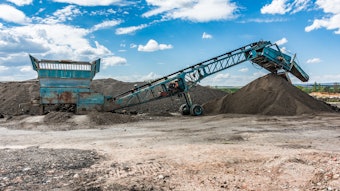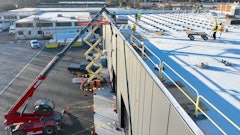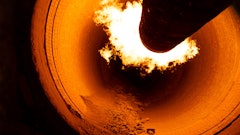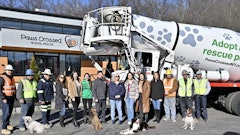
Bentall Kennedy recently-published findings that validate two key points about green building. First, making buildings more sustainable is a wise investment (it pays). Second, tenants care about certification (the badge matters). brought on board top global academics, sharing a deep data pool of nearly 300 office buildings, including 24 million square feet of Canadian properties and 34 million square feet of U.S. properties. The study shows the positive impact of green certification on commercial building performance, using tangible and intangible measures.
Tangible measures include rent and occupancy levels, both of which have been analyzed in the past based on a large set of available data. However, skeptics argued that green buildings tend to be newer and better managed than average buildings, which could account for the superior performance. Few if any studies have explored intangibles such as the cost of rent concessions, lease renewal rates and tenant satisfaction scores, because large-scale, consistent datasets for those metrics are hard to come by.
With a long-term commitment to energy and sustainability, Bentall Kennedy had over a decade of historical data on a range of energy and sustainability metrics as well as financial performance. In partnership with its institutional clients, Bentall Kennedy shared enough data with the research team to perform a sophisticated analysis of tangible and intangible measures across a portfolio totalling 58 million square feet—24 million square feet in Canada and 34 million square feet in the U.S.
The findings: LEED certified properties in the US enjoy an average of 3.7% rent premium and a 4% gain in occupancy over comparable non-certified properties, while ENERGY STAR certified buildings averaged 2.7% higher rents and 9.5% higher occupancy than non-certified buildings.
The findings and their application are powerful as they point directly to overall improved valuations for certified office assets relative to their non-certified competitors. These improved metrics can translate into an 8 to 10% increase in asset value over an identical non certified office asset.
Read more from Commercial Property Executives.

![Img 1707[56]](https://img.forconstructionpros.com/files/base/acbm/fcp/image/2023/04/IMG_1707_56_.6437076c97961.png?auto=format%2Ccompress&fit=crop&h=191&q=70&rect=0%2C462%2C1920%2C1080&w=340)











![Glp Porsche 072723 465 64ee42287c29e[1]](https://img.forconstructionpros.com/files/base/acbm/fcp/image/2024/03/GLP_PORSCHE_072723_465.64ee42287c29e_1_.65e88b8589b9c.png?auto=format%2Ccompress&fit=crop&h=135&q=70&rect=0%2C520%2C2250%2C1266&w=240)












